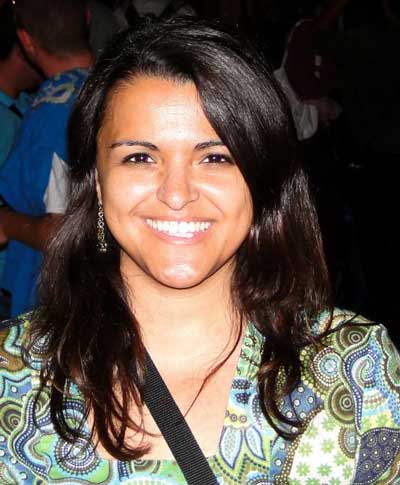
Welcome to 2019! When we put together the calendar insert for this issue, I was struck by the number of substantive things going on around the Northside, especially for this time of year. The Northside is such a vibrant community. Check out all the great opportunities to get involved, connected and informed in the next two months.
On the calendar, you’ll see two Increase the Peace events at Warner Park Community Recreation Center (WPCRC), one on Feb. 22 and one on March 22, from 5:30–8:30 pm. These family-focused events are designed to give adults and youth a variety of opportunities to build a sense of community and begin healing from their experiences around violence. NPC is a partner in these events through the Safe & Thriving Community (STC) initiative, along with the City of Madison, WPCRC, Joining Forces for Families, Community Action Coalition, the Willy Street Co-op, Public Health of Madison and Dane County, the Northside Early Childhood Zone, and a variety of other collaborators. Our goal is to create an ongoing opportunity for residents to come together around these issues rather than simply waiting to convene a public meeting after an incident of violence takes place.
The STC initiative is funded by a federal grant awarded to the City of Madison and is focused on reducing youth violence on the Northside. One of the main themes of this work is an evolving understanding of trauma.
When most of us think of trauma, we think of Post-Traumatic Stress Disorder (PTSD), a lingering or delayed reaction to a specific, intense incident such as a car accident or an experience of violence. What’s becoming clearer in studies is that our definition of trauma has been too narrow, and that, in fact, people can experience PTSD-like emotional, cognitive and physical symptoms from exposure to chronic stressors like poverty, abuse, family instability and exposure to violence. This is especially true for children, and it can be measured through a simple tool called the Adverse Childhood Experiences (ACES) assessment, which helps us understand how childhood trauma can shape outcomes later in life.
Furthermore, there’s now evidence that trauma can be transmitted genetically and intergenerationally, a response referred to by therapists as traumatic retention. There is so much to be said about this — the way science is now discovering that trauma lives in the body, that even when we think we have cognitively “coped” with a situation, the wounds may still reside in our body’s memory and may influence the way we respond to different situations, even superseding our thinking brain. This is especially true of racialized trauma,which has its roots in the brutal enslavement and oppression of African Americans. One of the best books I’ve read on the subject is “My Grandmother’s Hands” by Resmaa Menakam, an African American therapist who practices in the Twin Cities.
“Trauma-Informed Care” or TIC has become the new buzz in the social service sector, but it shouldn’t be dismissed as just a new fad. In fact, it can transform the way we understand people’s decision-making and reactions in various settings.
In my role with NPC, I’m always on the lookout for emerging grassroots leaders who represent our diverse neighborhoods, and this evolving understanding of trauma has helped me be more thoughtful in creating spaces that set people up for success. This perspective shift can also be valuable as an employer, especially when an otherwise high performing staff member is going through a difficult period. A trauma-informed perspective encourages us to invest in people’s growth and gives us tools for focused empathy and informed accountability. If we truly want diverse voices at the table, we have to understand the historical, racial and personal traumas that keep people from being able to show up fully — whole, healthy and healed. It also helps us understand some of the deeper, unspoken roots of violence in our community.
Of course, in the end, our goal should be to marshall the resources needed to heal the unattended trauma carried by so many of our community members. The Increase the Peace events are a start — an opportunity for us to approach violence-related trauma from a variety of angles: through art, guided conversation, quiet remembrances, education, play, and even through the sharing of a community meal.
In the meantime, we continue to work towards deepening our community’s awareness and understanding of the consequences of trauma. Stay tuned for more on this topic.